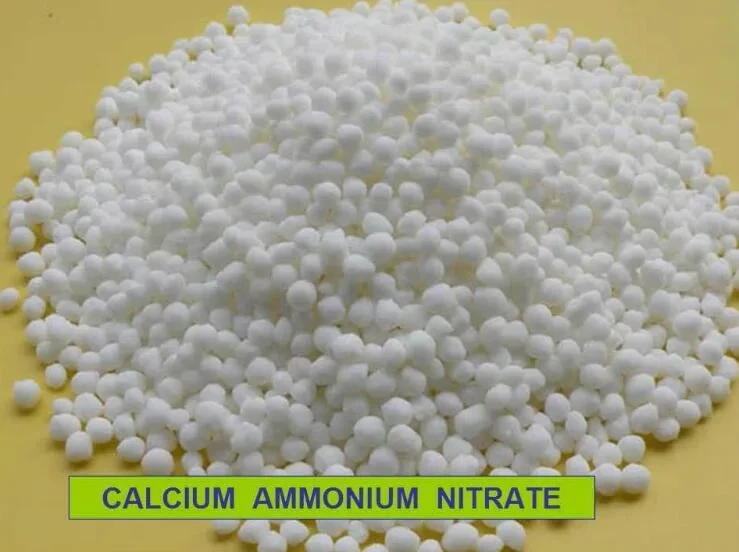



Effects of 1% Sodium Hydroxide on Different Substances and Their Applications in Chemistry
Understanding 1% Sodium Hydroxide Applications and Safety Measures
Sodium hydroxide (NaOH), commonly known as caustic soda or lye, is a highly versatile chemical compound with a wide range of applications in various industries. When prepared as a 1% sodium hydroxide solution, it serves both practical and educational purposes. This article delves into the significance of 1% sodium hydroxide, its uses, the importance of safety measures when handling it, and its role in various chemical reactions.
What is 1% Sodium Hydroxide?
A 1% sodium hydroxide solution indicates that there is 1 gram of sodium hydroxide dissolved in 100 milliliters of water. In this diluted form, sodium hydroxide retains its alkaline properties while mitigating the risks associated with its concentrated forms. The solution is relatively safe for laboratory and industrial use, making it ideal for various applications, including cleaning, neutralization, and chemical synthesis.
Applications of 1% Sodium Hydroxide
1. pH Adjustment One of the primary uses of 1% sodium hydroxide is to adjust pH levels in various solutions. It is commonly used in water treatment facilities where maintaining optimal pH is essential for effective purification processes. By adding this diluted solution, contaminants in water can be neutralized, enhancing the water quality and ensuring it meets safety standards.
2. Cleaning Agent Due to its strong alkaline nature, 1% sodium hydroxide is an effective cleaning agent. It helps in the removal of grease, oils, and organic matter. Many commercial cleaning products incorporate low concentrations of sodium hydroxide to help consumers maintain cleanliness in kitchens, bathrooms, and industrial settings. It can easily break down food particles and stubborn stains, making it a valuable addition to cleaning routines.
3. Laboratory Use In laboratories, 1% sodium hydroxide is often employed for titration experiments and buffer solutions. It serves as a standard reagent for determining acidity levels in various substances. When conducting titrations, the solutions' precise concentration is crucial, making the 1% sodium hydroxide solution an essential component in analytical chemistry.
4. Biotechnology and Pharmaceuticals In biotechnological processes, sodium hydroxide is utilized to maintain pH levels that are conducive for enzymatic reactions. Similarly, in the pharmaceutical industry, it assists in the formulation of drugs where specific pH levels are required for stability and efficacy.
1 sodium hydroxide

Safety Measures When Handling Sodium Hydroxide
While a 1% sodium hydroxide solution is much safer than its concentrated counterparts, proper safety protocols must still be followed. Exposure to sodium hydroxide can cause skin irritation, burns, and eye damage. Therefore, the following safety measures are recommended
1. Personal Protective Equipment (PPE) Individuals handling 1% sodium hydroxide should wear appropriate PPE, including gloves, safety goggles, and lab coats. This minimizes direct contact and protects against accidental splashes.
2. Proper Storage Sodium hydroxide solutions should be stored in labeled containers away from incompatible substances. It is advisable to keep the solution in a cool, dry place, away from children and pets.
3. Spill Management In case of spills, it is crucial to neutralize the solution immediately using an acid, such as acetic acid, before cleaning the area thoroughly. This prevents any potential hazards resulting from exposure to the alkali.
4. Training and Awareness Providing adequate training for personnel who work with sodium hydroxide is essential. Understanding the chemical properties and associated risks, along with emergency procedures, can significantly reduce the likelihood of accidents.
Conclusion
In summary, a 1% sodium hydroxide solution exemplifies the balance between utility and safety in various applications across different sectors. From its essential role in water treatment and laboratory experiments to its effectiveness as a cleaning agent, sodium hydroxide remains indispensable. However, as with any chemical, a deep understanding of safety protocols is critical to ensuring the well-being of individuals and the environment. By adhering to safety guidelines, users can confidently harness the benefits of 1% sodium hydroxide while minimizing risks.
-
Why Sodium Persulfate Is Everywhere NowNewsJul.07,2025
-
Why Polyacrylamide Is in High DemandNewsJul.07,2025
-
Understanding Paint Chemicals and Their ApplicationsNewsJul.07,2025
-
Smart Use Of Mining ChemicalsNewsJul.07,2025
-
Practical Uses of Potassium MonopersulfateNewsJul.07,2025
-
Agrochemicals In Real FarmingNewsJul.07,2025
-
Sodium Chlorite Hot UsesNewsJul.01,2025










